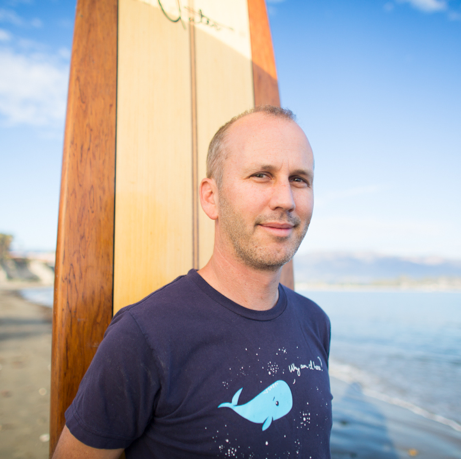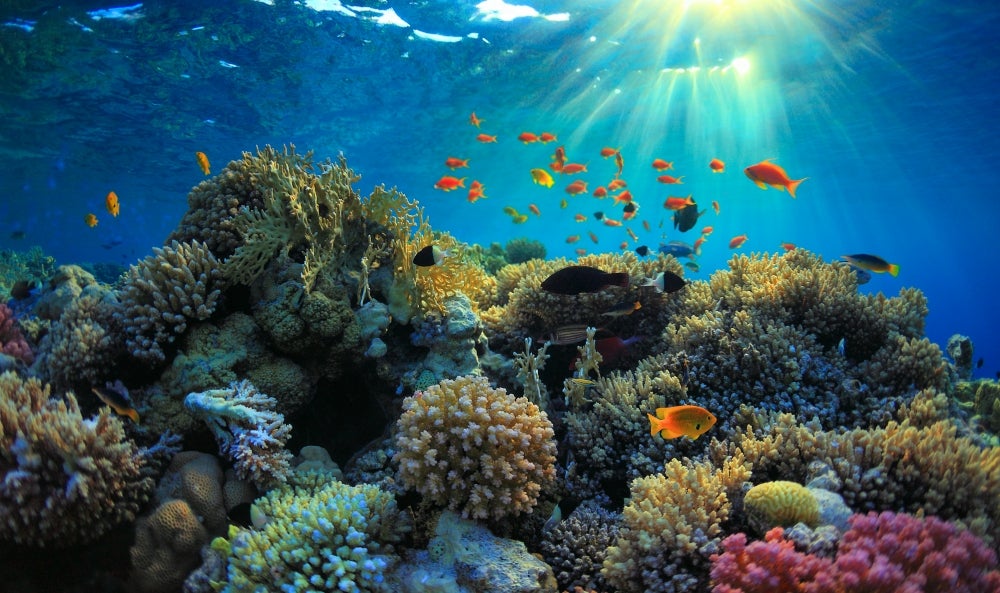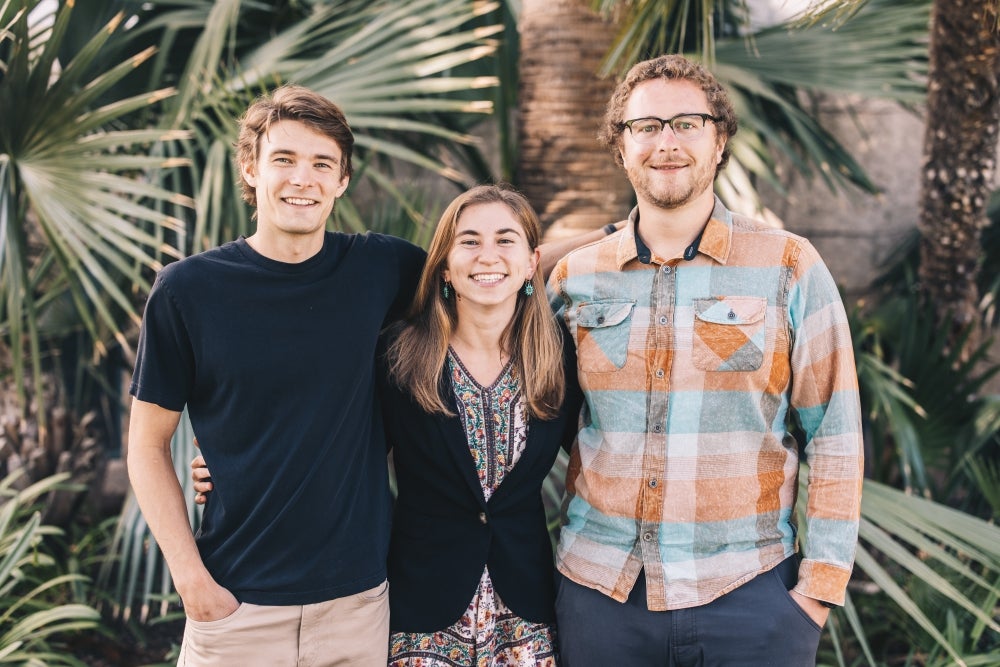Taking Ocean Vital Signs

A healthy ocean should be able to sustainably provide food, recreational opportunities, livelihoods and a host of other benefits that humans have relied on for millennia. But it’s not always easy to tell how well our oceans are doing — whether the marine environment is clean enough, whether the ecosystems are intact, biodiverse and functioning, whether fish and other marine stocks are adequately replenishing themselves. All these factors and more contribute to ocean health and ultimately, the health of the entire planet.
Scientists from UC Santa Barbara’s National Center for Ecological Analysis & Synthesis (NCEAS) have been measuring the vital signs of our oceans in a metric called the Ocean Health Index (OHI), a comprehensive framework that gauges ocean health in various areas via indicators such as water quality, livelihoods and economies, and carbon sequestration. The assessments are then rolled into a score.
The global average score for 2022 is 69 out of 100. “Although this doesn’t seem like a very high score, one would think it would be much worse given all of the doom and gloom stories we hear about the state of the ocean,” said Ben Halpern, NCEAS director and head of the OHI project.
One of the strengths of the OHI: It is rooted in societal goals such as artisanal fishing opportunities, tourism and recreation and coastal protection, said Melanie Frazier, OHI senior scientist. “While humans exist, they will be part of the marine system, both depending on and impacting global oceans,” she said. “The OHI acknowledges this reality and directly assesses what we ultimately care about. For example, most people do not directly care about nutrient pollution, but they do care about its effects on the ocean’s ability to provide recreation and food.”
For the past decade, the global score has been hovering at about 70, which is to be expected for an average that includes individual assessments for 220 coastal countries, according to Gage Clawson, lead analyst on the project. The regions with the highest scores tend to be uninhabited or have a low human population, although some developed and high population areas have relatively high scores, including New Zealand (81), the Bahamas (81) and United Arab Emirates (79). The United States came in just above the global average with a score of 71. The regions with lower scores tend to be in Africa, Latin America, the Caribbean and Asia.
“Scores for many regions are reasonably good, and global scores have increased since 2012 for some goals, such as sense of place and clean waters,” Clawson said. “However, we observed some worrisome patterns for fisheries, iconic species, species conditions and tourism and recreation.”
Unsurprisingly, the COVID-19 pandemic resulted in a large decrease in tourism employment from 2019 to 2020, which greatly affected the tourism and recreation goal. During this period, employment decreased in every single region for which data were available, but island nations were the hardest hit. The three largest decreases occurred in the Bahamas (-13), Aruba (-9), and Seychelles (-8), with many other island nations impacted. Fortunately, employment rebounded the following year, albeit less dramatically — presumably as a result of vaccine rollouts and general border re-openings. From 2020 to 2021, the top three largest increases in percentage points occurred in Aruba (+5), the Bahamas (+4) and Saint Lucia (+2).
Meanwhile, decreases in the species condition score partially reflects improvements to the underlying data, “which means we are probably getting a more accurate picture of how marine organisms are actually faring but also due to increasing threats to species,” Clawson said. Since 2012, approximately 82,000 species have been added to the IUCN Red List assessment, many of which are classified as threatened, which overall reduces the scores for this subgoal. As species monitoring improves, according to him, the species subgoal will become a more and more reliable estimate.
Now in its 11th year, the flexibility of the OHI framework has allowed the team to adapt to a changing scientific world. OHI scientists have improved assessments as new science becomes available, and have dealt with the loss and gain of publicly available datasets.
Early on, Halpern recognized the importance of adopting open data science principles. This had the dual effect of greatly improving the efficiency in calculating the scores and improving the transparency of the index, which otherwise would be a black box. “A model that combines multiple indicators will inevitably have flaws, but at least we know which variables are included and how they are weighted,” Halpern said.
The open-science approach has transformed the way the OHI does science. Originally developed by an interdisciplinary team of scientists over the course of several years, the global assessment now is conducted every year. And, since 2018, it has been calculated by OHI fellows.
“The Ocean Health Index Global Fellowship was created to familiarize a small group of early-career data scientists with the inner workings of the OHI,” according to Clawson, a 2019 fellow. With the objective of calculating OHI scores, the fellows dive into the theory, tools and workflows employed by the larger team to ensure openness, transparency and reproducibility. Not only do they get valuable experience, but they also contribute fresh eyes and new perspectives that help the OHI continue to grow and innovate. This years’ fellows consisted of three students (pictured, above) from the new Bren School Masters of Environmental Data Science program.
Looking ahead, the team is excited to conduct next year’s assessment with a new group of OHI fellows, bringing new science, data and ideas into the annual assessment of global ocean health.
“It’s really amazing to watch a bunch of messy, highly diverse data get compiled, processed and analyzed to create the global ocean health index scores,” Halpern said. “Each year is a new adventure with new insights that hopefully improve the way we manage and protect our oceans.”





